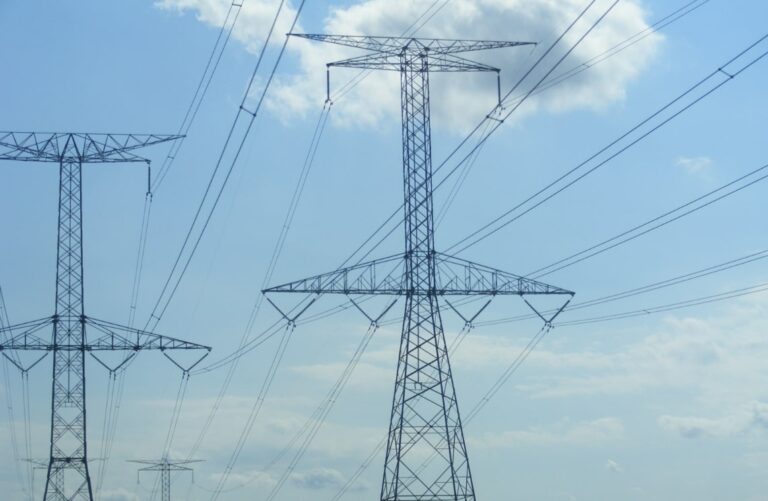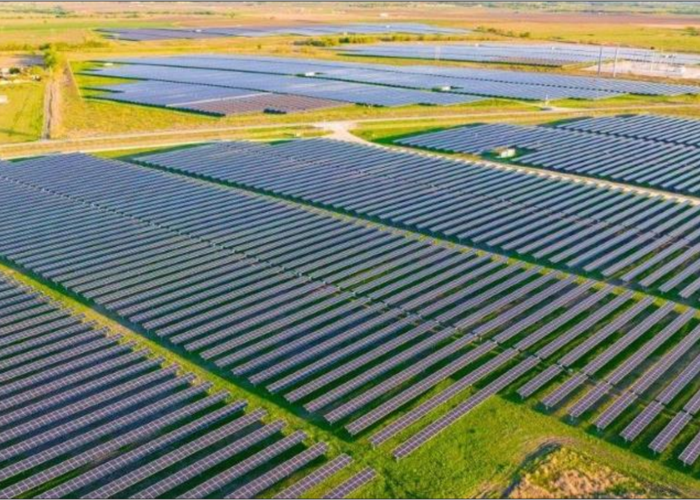
The US Department of Energy (DOE) has established a new programme to “significantly improve” permitting and environmental processes for electricity transmission projects.
The Coordinated Interagency Transmission Authorizations and Permits (CITAP) Programme will pool environmental reviews and permitting processes under a federal “integrated interagency process”. It will require that developer submissions for federal approval are considered within a two-year window without compromising the US’ National Environmental Policy Act (NEPA) requirements.
Try Premium for just $1
- Full premium access for the first month at only $1
- Converts to an annual rate after 30 days unless cancelled
- Cancel anytime during the trial period
Premium Benefits
- Expert industry analysis and interviews
- Digital access to PV Tech Power journal
- Exclusive event discounts
Or get the full Premium subscription right away
Or continue reading this article for free
The DOE will serve as a coordinator between federal agencies and developers. Furthermore, it said that it will work with “relevant agencies” to produce a single document for NEPA-compliant environmental approvals that suits each agency and removes the need to duplicate administrative work.
More broadly, the CITAP programme will require a “comprehensive public participation plan” to encourage developers to engage with communities and tribes in their proposed development areas “at the outset of the project”. This will be conducted via an online portal, which will also allow federal agencies to view and provide input on documents in the early stages of grid project development.
Eric Beightel, permitting council executive director, said: “The ambitious clean energy goals of the Biden-Harris administration cannot be achieved without the transmission infrastructure needed to deliver renewable energy to consumers. This rule is a significant step forward in bringing coordination and accountability into the permitting review of these vital projects.”
Biden invests in the west
On the same day as the CITAP announcement, the Biden Administration said that it would invest US$331 million to add up to 2GW worth of new grid capacity across the Western US.
The money will go to the Southwest Intertie Project (SWIP-N), a 285-mile transmission line that will link Idaho and Nevada and join the existing One Nevada line that connects the state with consumers in California. Construction of the line is expected to begin in 2025 and will transmit wind energy from Idaho to Southern Nevada, as well as allow solar resources in the Southwest to “ meet evolving reliability needs in the Pacific Northwest.”
The US$331 million funding is delivered through the Transmission Facilitation Program (TFP), part of the government’s Bipartisan Infrastructure Law. The TFP is a US$2.5 billion revolving fund dedicated to upgrading and building new transmission lines.
John Podesta, senior advisor to the president for International Climate Policy, said: “In order to reach our clean energy and climate goals, we’ve got to build out transmission as fast as possible to get clean power from where it’s produced to where it’s needed.”
According to a report from the Lawrence Berkeley National Laboratory earlier this month, the interconnection queue for grid access in the US grew to 2.6TW in 2023. Solar PV formed the largest portion of this capacity with over 1TW.
This report followed analysts from Wood Mackenzie telling PV Tech Premium that reforms and expansions to grid and transmission access were paramount to the access of global renewables expansion efforts, and that the sometimes 15-year wait for new infrastructure developments “poses a significant risk of being derailed before completion”.






